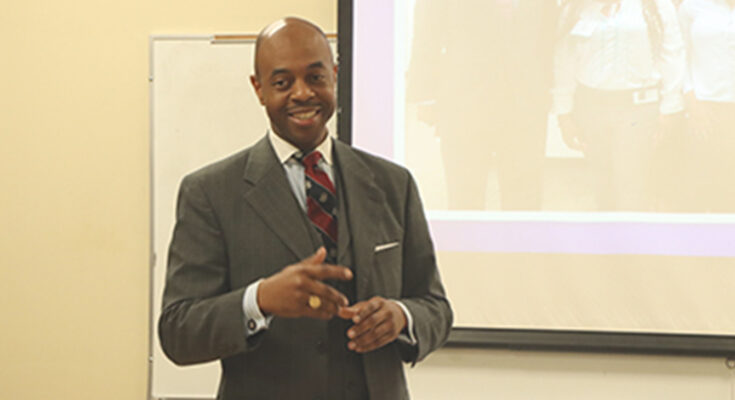By Peter White for The Tennessee Tribune
NASHVILLE, TN – Representative Harold Love (D-District 58) was responsible for getting chronically underfunded Tennessee State University (TSU) $800,000 for its agricultural research station in McMinnville and $1.1 million for food science research at its Nashville campus.
“Economics is about the allocation of scarce resources,” Love said. But politics is how they actually get allocated. Love thanked the Lee administration and Rep. Andy Holt (R-District 76) for helping him put $1.9 million in recurring funds into Lee’s state budget. Love’s bill also requires an annual report of land grant appropriations every year to ensure they are being made equitably.
“This wasn’t asking for new money. This was asking for old money that wasn’t paid,” Love said.
He said TSU was shorted about $37 million between 2000-2016, because the state did not match federal funds. Tennessee has two land grant colleges, TSU and UT Knoxville (UTK).
Between 1869 and 1880 African Americans did not receive any assistance from the state to attend college. In 1881 ten students enrolled at Fisk University and that was the first time African Americans benefited from Morrill funds. At the time Fisk tuition was $30 a year so African Americans received a total of $300 to attend college that year. That same year, UT Knoxville received $390,000 in Morrill funds.
In 1887 the Hatch Act required states to match federal education dollars at land grant colleges.
That frequently did not happen, and is still not happening, especially in the South. In 1890 a second Morrill Act was passed in response to some states that refused to admit African Americans to their land grant universities.
HBCUs were started in response to segregation in institutions of higher education that persisted for at least a century after the Civil War. Williams said that in 1934, UT Knoxville received $450,000 from the state legislature. TSU got $52,000 and that disparity has persisted for decades.





